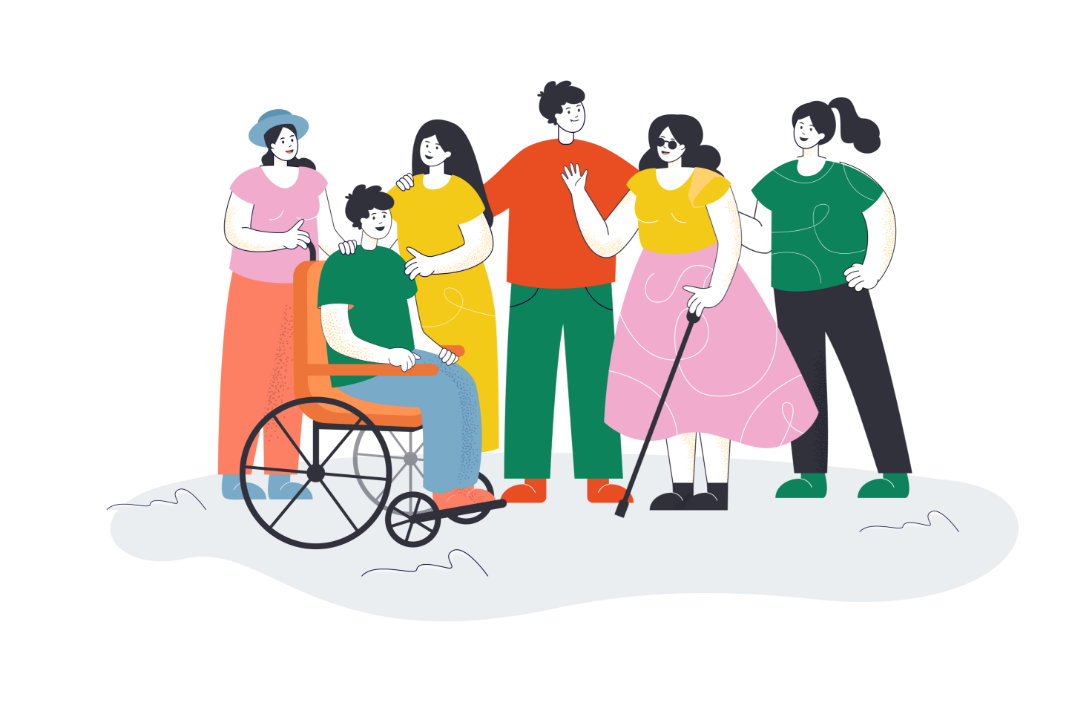Specific Language Impairment is one of the most common developmental disorders and affects approximately 7% to 10% of children who go to kindergarten.
SLI Specific Language Impairment is a communication disorder that interferes with the development of language skills in children who do not have hearing loss. Specific language disorder can affect children’s speech, ability to listen, read, and write. It is also known as a developmental language disorder, language delay, or developmental dysphasia. It is one of the most common developmental disorders and affects approximately 7% to 10% of children aged 3 to 6 years. Usually, the effects of this disorder continue into adulthood.
What causes the specific language disorder?
The cause of the specific language disorder is unknown, but there are recent discoveries that suggest it has a strong genetic link. Children with specific language disorder are more likely to have parents and siblings who have also had speech difficulties and delays, compared to children without this disorder. In fact, 50% to 70% of children with specific language disorder have at least one family member with this disorder. Learning more than one language at a time does not cause the specific language disorder. However, the disorder can affect both multilingual children and children who speak only one language.
What are the symptoms of the specific language disorder?
Often, children with specific language disorder take longer to start speaking (they reach the stages of spoken language development later than other children of the same age).
Preschoolers with specific language disorders may:
• it takes longer to group words into sentences, compared to other children.
• having difficulty learning new words and conversing;
• having difficulty following instructions, not because they are stubborn, but because they do not understand the words they are told properly;
• frequently make grammatical errors when speaking.
Although some children who take longer to start talking eventually manage to catch up with their peers, children with this disorder have persistent language difficulties. Common symptoms in older children and adults with specific language disorder include the following:
• limited use of complex sentences,
• difficulty finding the right words,
• difficulty understanding figurative language,
• reading problems,
• disorganized narration and writing,
• frequent grammatical and spelling errors

